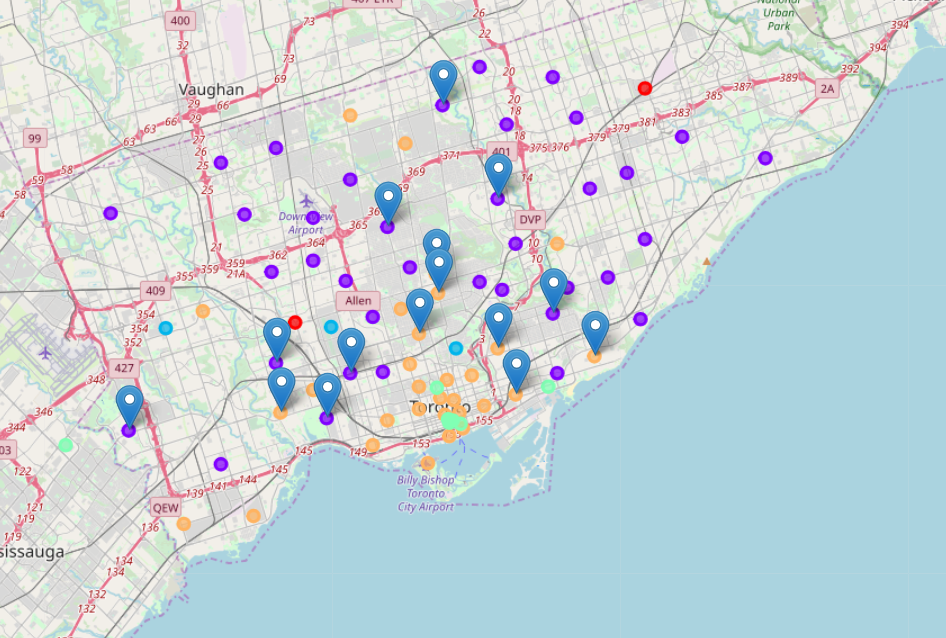
Case study: Business Process Modeling as a basis for defining Key Performance Indicators
I recently completed a project where we modeled business processes for the Surveying and Mapping Authority in Slovenia and I co-authored and presented a paper about it at the Slovenian Society Informatika annual conference in April 2019. Some of the main benefits of this project that we outlined in the paper were:
Business process modeling was performed for future business processes which coerced us to think in detail about how we want to perform activities in a more streamlined, consistent and fully automated way in the future.
The completed business process models were used as input to derive specifications for a new information system that will be built to support the new processes.
Business process modeling included identifying activities and assigning actors to these activities as well as estimations of expected time spent performing each activity. This in turn was used as input for defining a new leaner and more efficient organizational structure of the Surveying and Mapping Authority.
Key...

